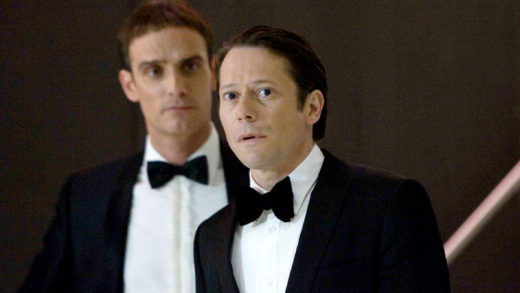During January I rode neither bike very many miles, not outside or even inside. But I have read a lot of Shakespeare and W.G. Sebald’s Austerlitz, which is tremendous novel. It began with great films like Nope and ended with a whimper with horrible sad films like Taken and its sequel (what ignominy to admit!).
It also included genuinely interesting films like the original Manchurian Candidate (1967) and The Long Good Friday. The latter is exceptional. And McCarthy’s Blood Meridian, which I enjoyed albeit it was so freaking bloody.

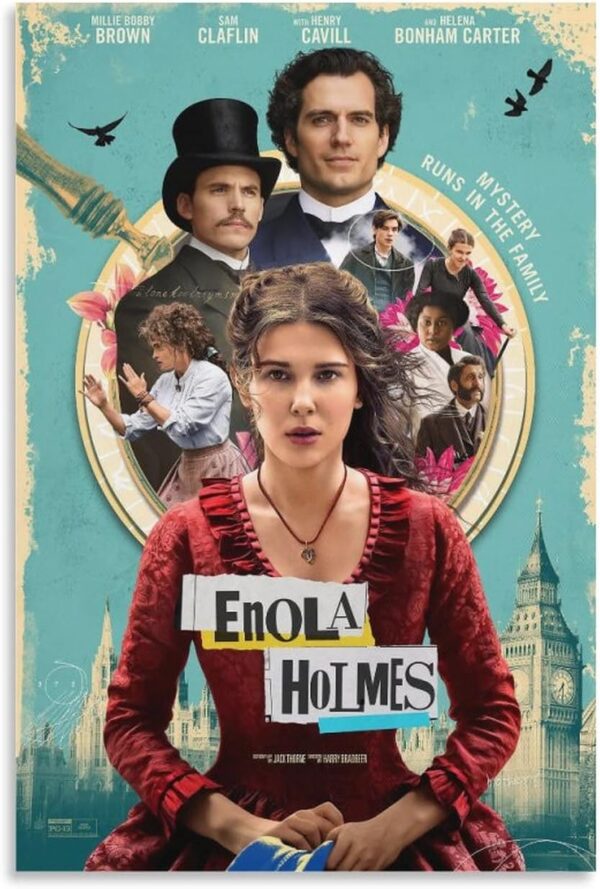

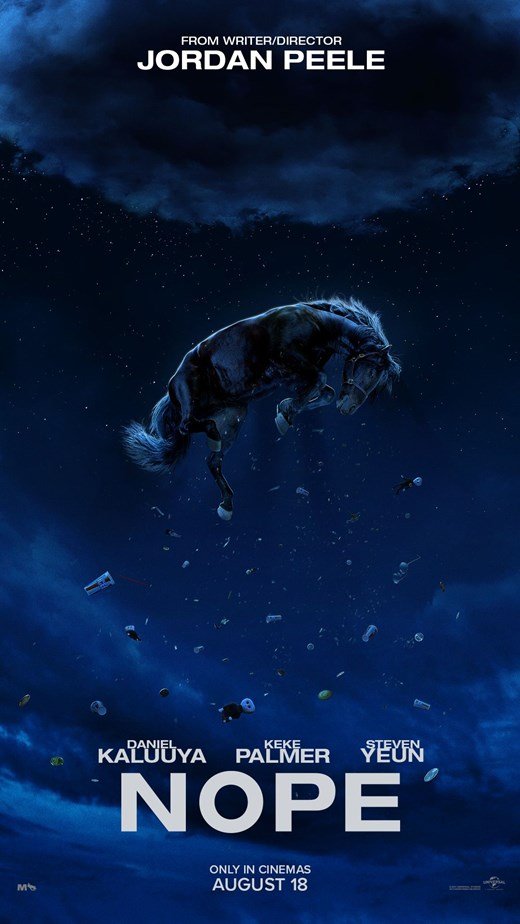
January 2nd
— Shakespeare, Antony And Cleopatra, 5 pp.
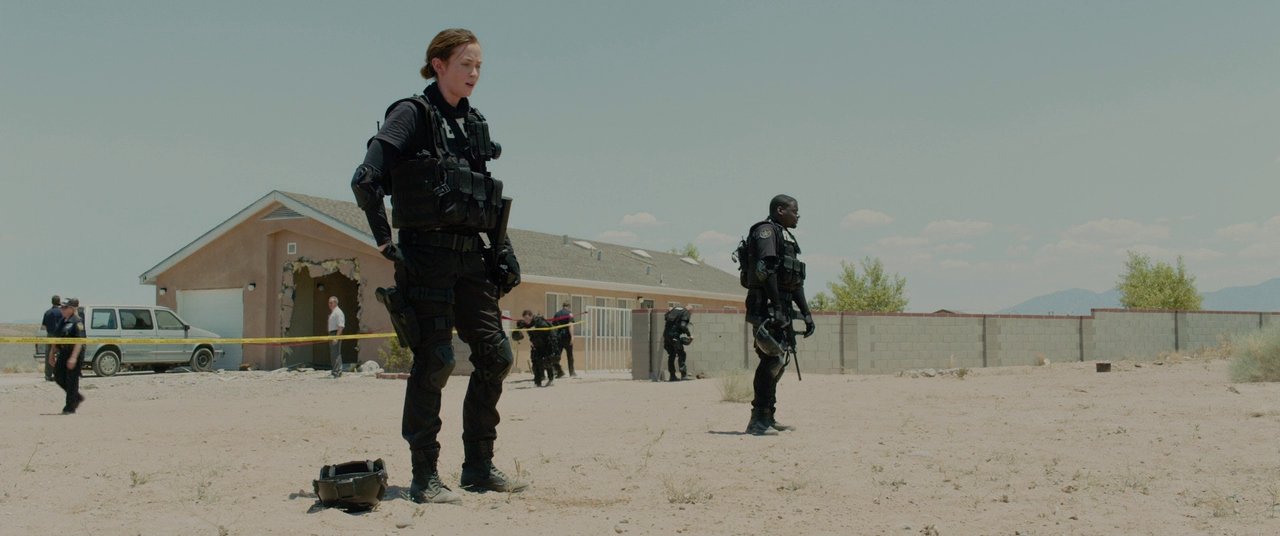
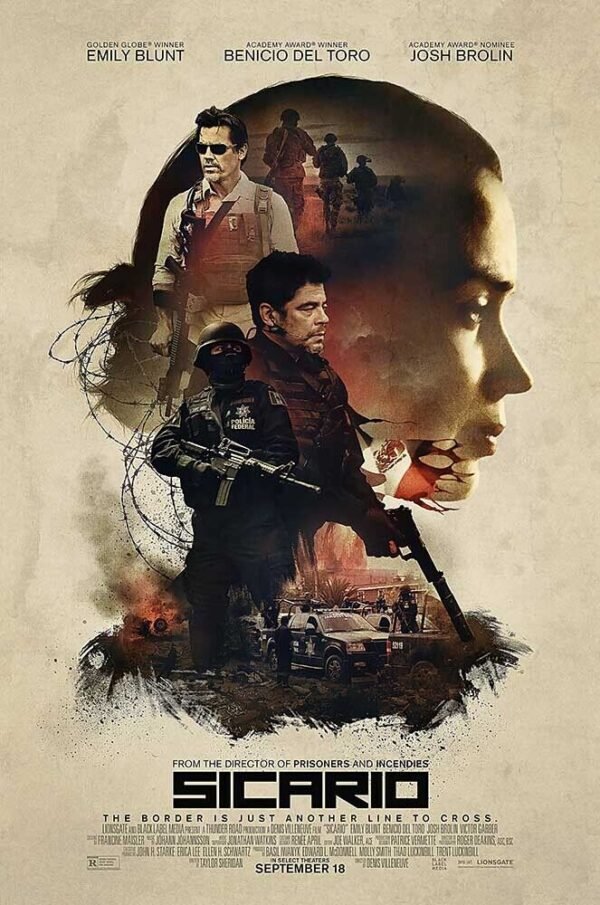
January 4th
— Sicario (2015)
Directed by Denis Villeneuve, written by Taylor Sheridan and starring Emily Blunt, Benicio del Toro, Daniel Kaluuya, and Josh Brolin.
Sicario is one of the earlier films that I saw by Villeneuve, back before I considered him an auteur and tried to start watching all of the films that he’d produced (one of the best of those is undoubtedly Incendies [2010], about which I have written). I have to say that it didn’t stand out at the time.
Perhaps it still doesn’t.
Why, I kept trying to figure out, is Kate so suspicious of Matt and then Alejandro. The scenes where she threatens to walk seemed sort of uninspired. What was her concern, exactly?
Now it seems like that question emerges from the sort of exhaustion of watching so many films about the violence of the drug cartels both between each other and in encounters with law enforcement, at least in part. For I have watched all of the Narcos seasons, and I’m pretty knowledgeable about that stuff [to be spoken like someone who’s got his head up his ass].
Is it the violence that seems unhinged and without any kind of legal sanction? Is she just a left-winger who wants to the rights of those to be respected?
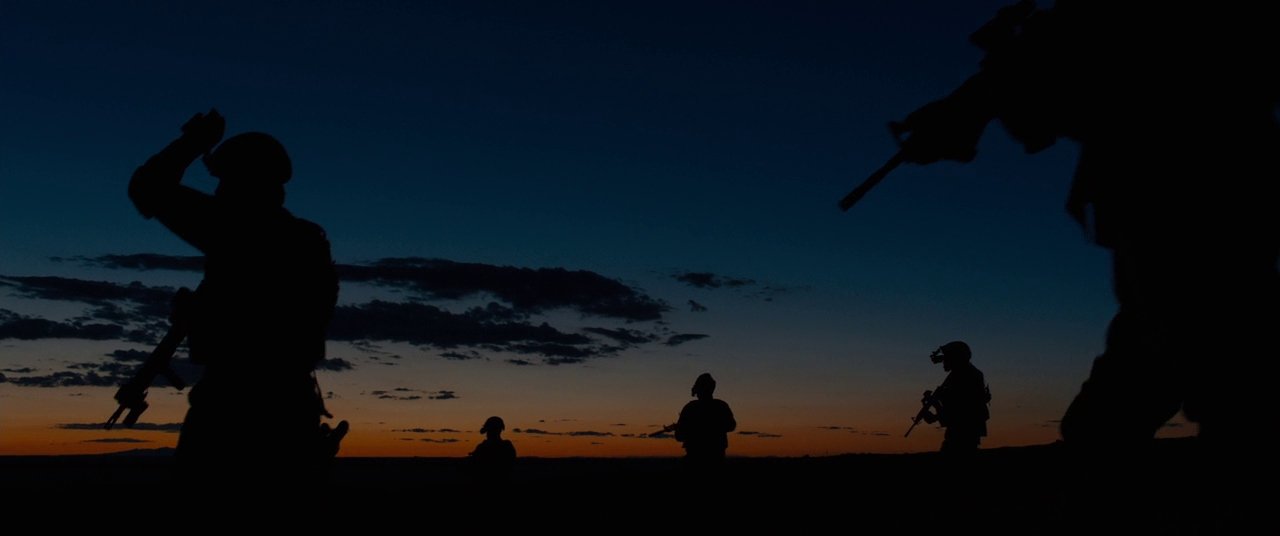

January 5th
— Nope (2022)
Directed by Jordan Peele, starring Daniel Kaluuya, Keke Palmer, Steven Yeun, Michael Wincott, Brandon Perea, and Keith David.
The most recent film by Jordan Peele, who also directed Get Out (2017), about which people could not shut the fuck up, and Us (2019), which people should have talked about more.
Of the three, I’d say Nope is probably as good as Get Out, but not as good as Us.
So there is undoubtedly an interesting story in Nope, which I feel somehow obliged not to say too much about. “I’m not saying it’s aliens … but it’s aliens!”
The margins, though, are the interesting parts: the story of Jupe, which is the sort of inscrutable, horrifying preface to the film, despite the fact that it’s really not that related to the primary narrative.

January 7th
— Finished Antony and Cleopatra, and then wrote about it
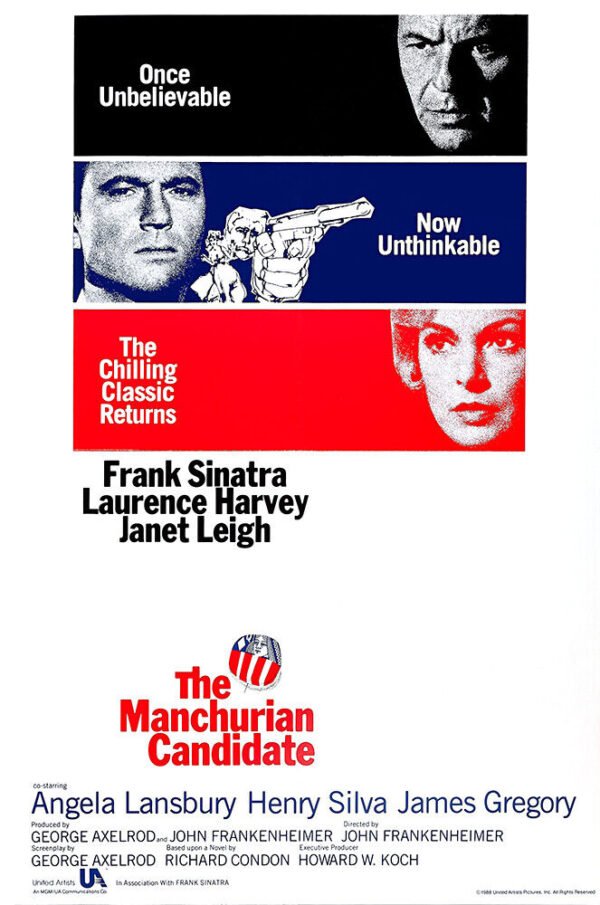
January 8th
— The Manchurian Candidate (1962)
Directed by John Frankenheimer; written by George Axelrod, based on the 1959 Richard Condon novel The Manchurian Candidate; starring Frank Sinatra, Laurence Harvey, and Angela Lansbury, with co-stars Janet Leigh, Henry Silva, and James Gregory.
— Austerlitz, 12 pp.
Who’s Scared of The Manchurian Candidate (1962)?
John Frankenheimer has been one of my curiosities for a number of years, since I saw Ronin (1998).* Undoubtedly this film has one of the best chase scenes ever, if that of the original Gone in 60 Seconds can ever be bested — about which Lucian will vehemently argue with you.
What caught my attention were some of the moments that seemed to hint towards a depth mostly absent. Of course, the miniatures (see my comments on Hereditary). But also, the sort of silly one-liners that Jean Reno and Robert DeNiro exchange near the end, as well as throughout the film.
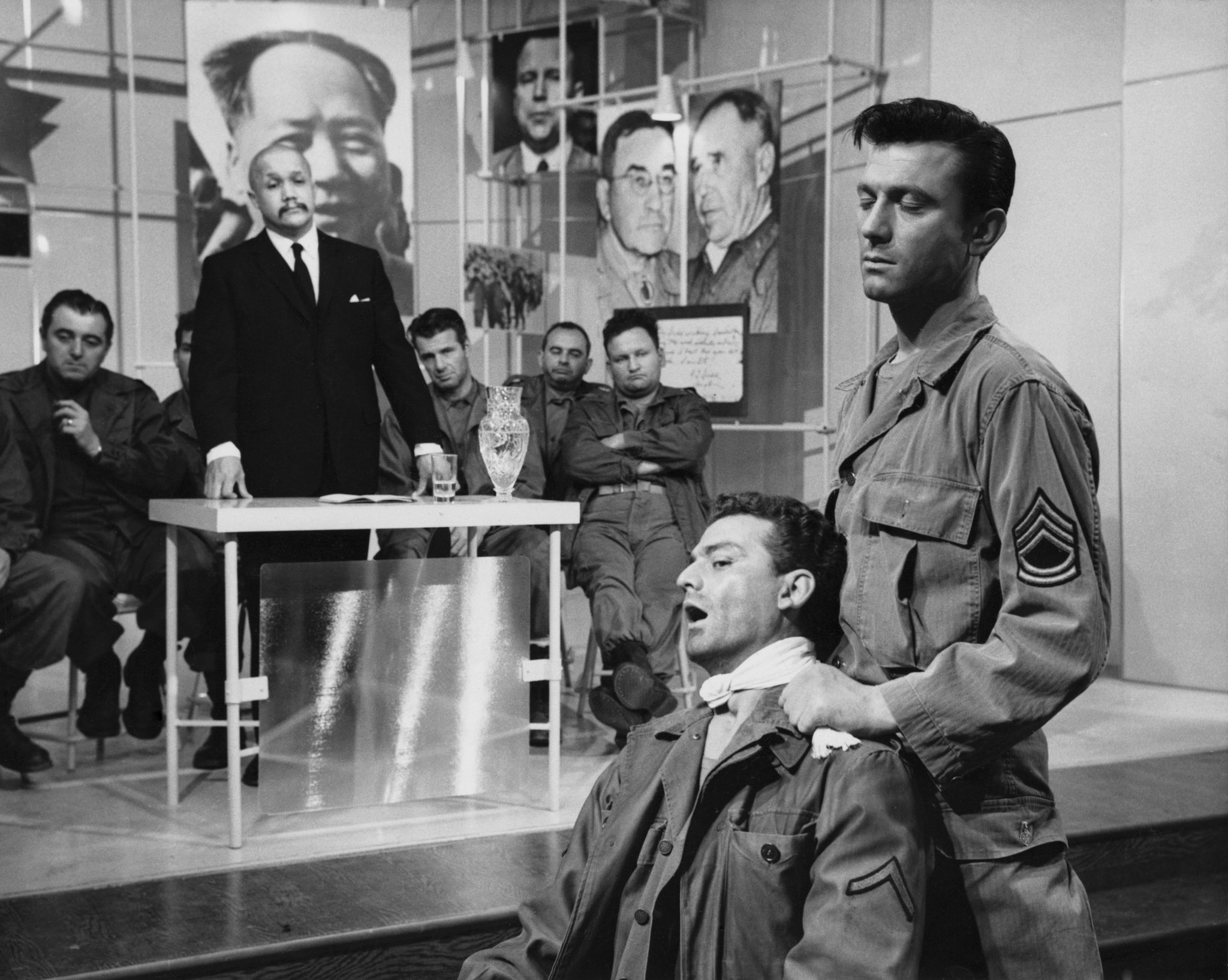
The first time I saw The Manchurian Candidate I may have been unimpressed because of the scenes in which the captured GIs are hypnotized. A tyrannical, excessive demand for realism, probably. As well, I wonder if I watched this under the spell of some kind of self-righteous presentist blindness. Old, bad: new, good!
This time I was able to enjoy the hypnosis scene, permitting it whatever suspension of disbelief it required. In fact, I was fascinated that the race of the women’s knitting club changed in relation to the dreamer. And it was a theatrical production within a film! Isn’t that the universal on-switch for cinematic reflection?
None of this is to say that there are not problems, with the film. Primarily the love affair that inexplicably develops between Frank Sinatra’s and Janet Leigh’s characters. And given the topic of the film, one would be foolish not to wonder if Leigh’s character is not another handler. And that the dangers of leading women are the subtext of the film.
But interesting problems are sometimes more meaningful than all of the well-performed scenes.
* He also made Birdman of Alcatraz (1962), as well as Seconds (1966), and Grand Prix (1966) — the latter including Toshiro Mifune and Yves Montand!!!! Okay, the latter wasn’t really that memorable. Even Toshiro Mifune and Montand couldn’t improve that. Seconds, though, channels some of the imagination appearing in The Manchurian Candidate. Frankenheimer also made a lot of crap, like The Train (1964), French Connection II (1974), The Holcraft Covenant (1985), 52 Pick-Up (1986), and Reindeer Games (2000) — all of which I confess that I’ve seen. And I’d still like to see Black Sunday (1977) … perhaps as a curiousity?
January 9th
— Austerlitz, 20 pp.
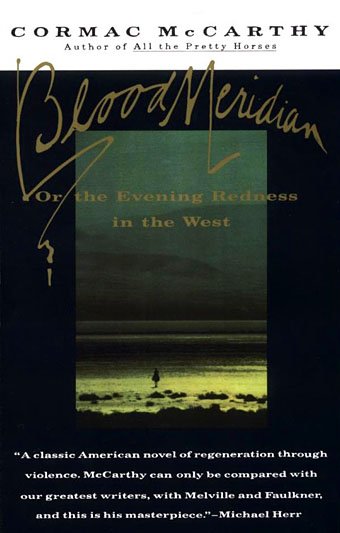
January 10th
— Austerlitz, 14 pp.
— Cormac McCarthy, Blood Meridian, 16 pp.
January 11th
— Orson Scott Card, Ender’s Game, 20 pp.
— Blood Meridian, 15 pp.
— The Bigamist (1953)
Directed by Ida Lupino, written by Collier Young, starring Joan Fontaine, Ida Lupino, Edmund Gwenn, and Edmond O’Brien.
It’s sad that thoughtful films like this one have been eclipsed by Ready Player One and the like. Spectacle, spectacle: void of intelligence. The Bigamist is not exciting and contains not a single scene that wants more visual contemplation, but it’s sort of a pickle. What is sort of exciting about it is the love that O’Brien’s character is capable of expressing, without derision or frustration, despite everything that happens. One waits for his character to lash out, but it never happens. He accepts judgment in a sort of existentialist way. Yet I suspect that many would describe his character as a moral coward.
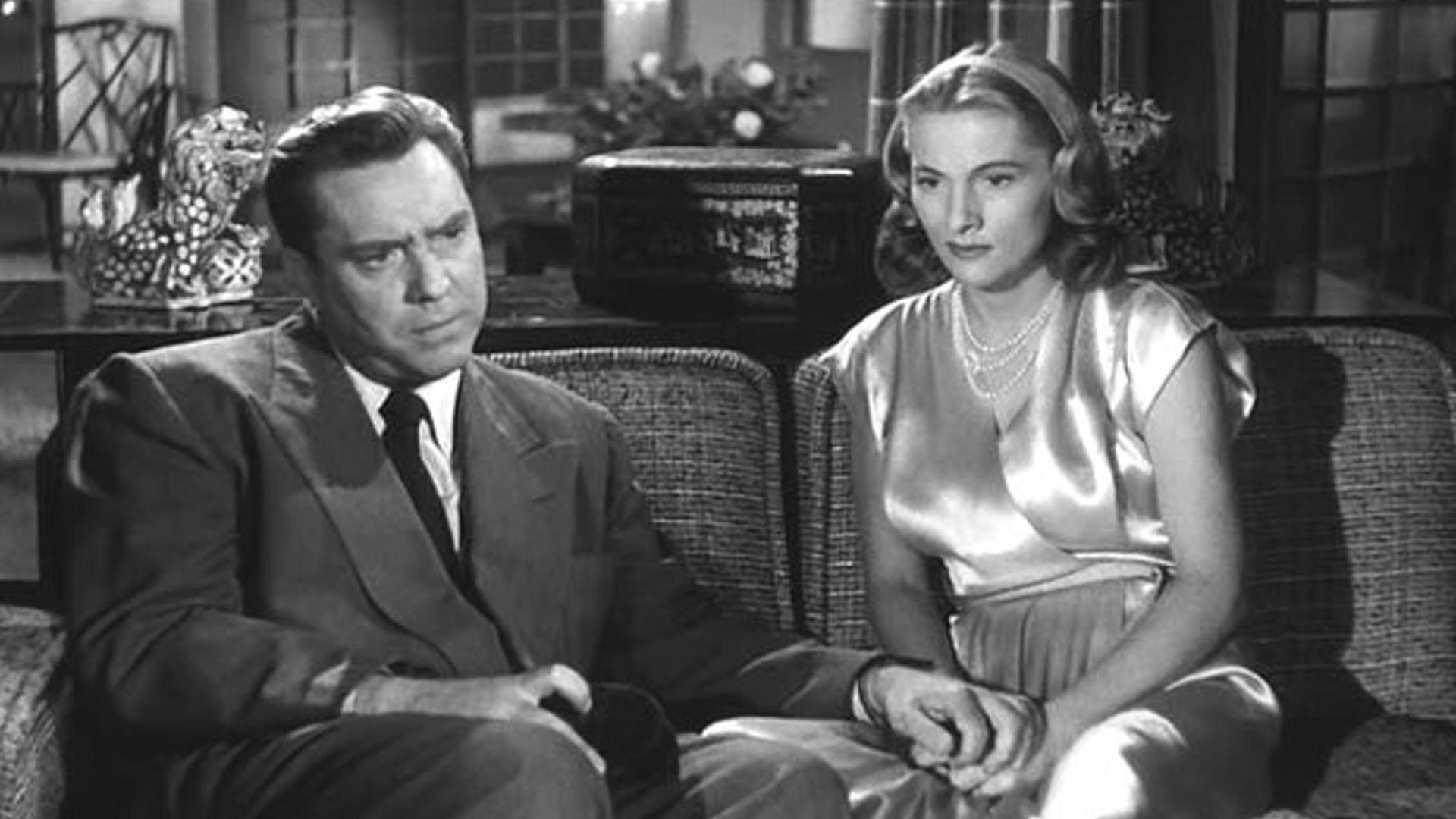

January 12th
— Ready Player One (2018)
Directed by Steven Spielberg, written by Ernest Cline and Zak Penn, starring Tye Sheridan, Olivia Cooke, Ben Mendelsohn, Lena Waithe, T.J. Miller, Simon Pegg, and Mark Rylance.
Reality is the only thing that is real … that was the payoff?

January 13th
— We Own the Night (2007)
Directed and written by James Gray, starring Joaquin Phoenix and Mark Wahlberg, Eva Mendes and Robert Duvall.
Criterion channel is showing four of Gray’s films right now: Little Odessa (1994), which I think I’ve seen, years and years ago; The Yards (2000), nope; this film; and Two Lovers (2008), which I never really appealed to me.
We Own the Night begins well enough: Phoenix’s character is sort of compelling despite himself, perhaps in part because of his relationship with Eva Mendes’ character. Whereas his brother (Wahlberg) and father (Duvall) are sort of wooden, uninteresting. But what is really unconvincing is the transformation of the primary character, accepting some obligation to join the force like his family, after his father’s killing.
— Trust (1990), 1 hour.
Written and directed by Hal Hartley, starring Adrienne Shelly, Edie Falco, and Martin Donovan.
For years I’ve read here and there about the work of Hal Hartley, insisting on a body of work familiarity with which my intellectual formation required (in this case, the Criterion channel). I guess I still don’t understand. Adrienne Shelley was strong, at moments; Martin Donovan, meh.
— Blood Meridian, 30 pp.
January 14th
— Austerlitz, 30 pp.
The title character, through the intermediaries of the narrator, returns to Prague to recover memories of his parents, and then meets his step mother. His memory is awoken by place. He learns of his father’s departure, his mother’s deportation. He travels to Terezin, where his mother had been deported.
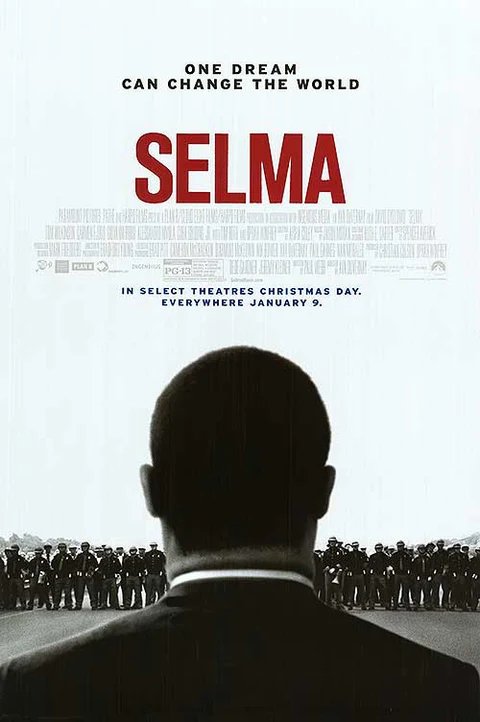
January 15th
— Austerlitz, 15 pp.
— Selma (2014)
Directed by Ava DuVernay, written by Paul Webb, starring David Oyelowo, Tom Wilkinson, Tim Roth, and Carmen Ejogo. Cannot imagine the stress of portraying MLK Jr., and equally feel myself without a ground to know how to judge that portrayal. Yet I was impressed by the scenes both where he is in jail and experiencing doubt, and in the second day of the Selma march when he turned back.
Hilarious that two British actors are called upon to play the roles of President Lyndon B. Johnson and Governor George Wallace. Both were allowed some complexity, but Roth’s Wallace more.
January 16th
— Austerlitz, 30 pp
— Shakespeare, King Lear, I:1-4
The beginning of Lear is like a shot from a muzzle. Without ado, Lear makes his strange, non-sensical demands of his daughters and immediately reaps the consequences.
January 17th
— Finished Austerlitz
— King Lear, finished I.

January 18th
— The Long Good Friday (1981)
Directed by John Mackenzie from a screenplay by Barrie Keeffe, starring Bob Hoskins and Helen Mirren. Hoskins’ character is the center of this film and exploding forth in grandeur, disarray, girth, and perplexity. He stands on the edge of a cliff, about to move beyond all limitations, about to be reborn as a legitimate businessman. What’s more, what he envisions is the future of the one of the world’s eternal cities: he’s about to be part of history. If he can avoid a false step.
Bob Hoskins is one of my favorite actors, both for his role in this film as well as those in the 1986 Neil Jordan film Mona Lisa and the 1999 Atom Egoyan film Felicia’s Journey. He was also in the television series Pennies From Heaven (1978), which I’ve meant to see but have not. And Brazil (1985)!
And, to be fair, a lot of fucking crap.
Yet I’d say the former three are incredible performances.
January 19th
— Reacher, 2:1-5
Began watching because of a sort of hilarious NYTimes articles about the show. And indeed it’s not clear why Tom Cruise was allowed to play this role, since physical presence of the character is part of the character.
Also, I mean … there’s a lot of killing, and it’s explicit, and it’s never interrogated for being extrajudicial. Essentially it’s a Western trope.
— Blood Meridian, 20 pp.

January 20th
— Reacher, 2:6-8
Season finale of gun play within an enclosed, factory setting? Bobo!
— King Lear, 15 pp.

January 21st
— King Lear, finished Act II
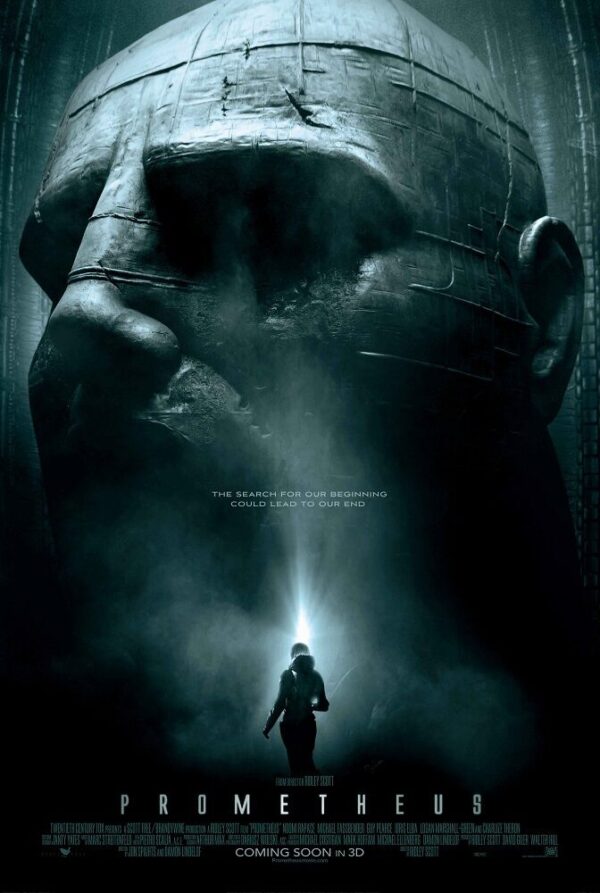
January 22nd
— Prometheus (2012)
Felt ill for having watched this. I have previously written about all of the things wrong with Prometheus. It’s a long list.
— Blood Meridian, 15 pp.
January 23-24th
— Blood Meridian, 50 pp.
January 25th
— Reacher, 1:1-5
Even watching the second season. Nay, binge-watching!

January 26th
— Enola Holmes (2020)
Directed by Harry Bradbeer from a screenplay by Jack Thorne, starring Millie Bobby Brown, Sam Claflin, Henry Cavill, and Helena Bonham Carter.
Millie Bobby Brown you may know from Stranger Things (2016–present); she is not related to the singer Bobby Brown. She has also been in the 2019 film Godzilla: King of the Monsters and its sequel, Godzilla vs. Kong (2021). Ouch!
— Blood Meridian, 25 pp

January 27th
— Apollo 13 (1995)
Directed by Ron Howard; written by William Broyles Jr. and Al Reinert; starring Tom Hanks, Kevin Bacon, Bill Paxton, Ed Harris, and Gary Sinise.
For some time this film’s been lauded, perhaps in part because it is a historical film of heroic proportion. More strongly, it was one of the films that burnished Hanks’ reputation before he made Saving Private Ryan.
Howard had made other films like Cocoon (1985), Parenthood (1989), and Backdraft (1991) before this. People were fucking bonkers about Cocoon, which is saccharine crap. Same with Parenthood.
Yet I suspect, even though since Apollo 13 and some of the films he’s made since then, like A Beautiful Mind (2001) and others, Howard’s not long for the pantheon. Hollywood champions him, and he’s undoubtedly a key moment in its history. But it’s the history of an industry.
— Blood Meridian, 15 pp.
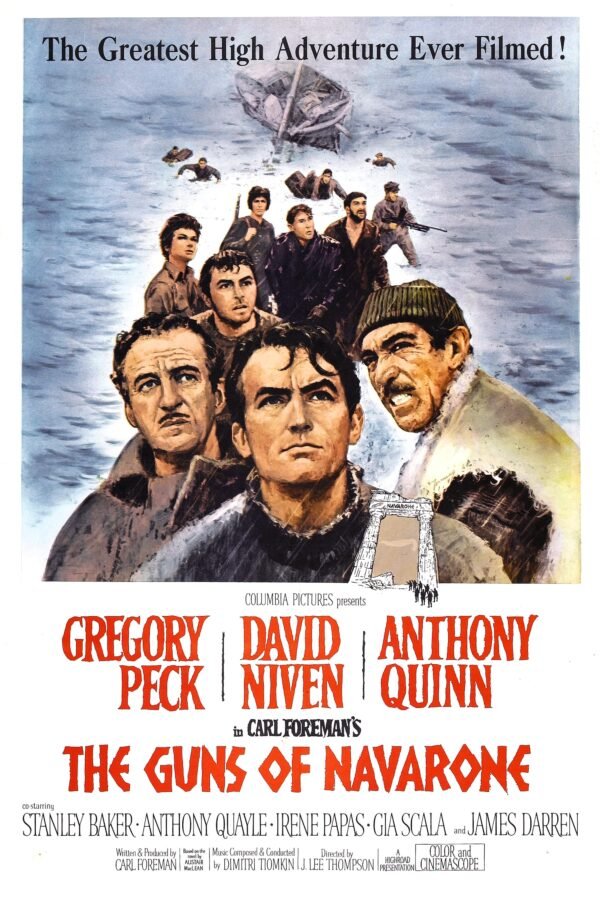
January 28th
— The Guns of the Navarone (1961)
Directed by J. Lee Thompson from a screenplay by Carl Foreman, based on Alistair MacLean‘s 1957 novel of the same name; starring Gregory Peck, David Niven, Anthony Quinn, Stanley Baker (who was in the Joseph Losey film Accident, mind you), Richard Harris, and James Darren.
This film’s afterlife is the appearance of its name in pop culture.
— Blood Meridian, 15 pp.
January 29th
— Taken (2008)
Directed by Pierre Morel, from a story written by Luc Besson and Robert Mark Kamen; stars Liam Neeson and Famke Janssen.
The boredom of lower middle class life knows depths so sordid.
— Taken 2 (2010)
Directed by: no one gives a fuck.
I thought I’d seen this before and maybe I had. Did I need to see it again. Fuck no!

January 30th
— The Rockford Files (1974-1980), “The House on Willis Street” (Season 4, ep. 21,22/1978)
Confession: I frequently watch this show and a few others in the evenings. But mostly they are not worth recording. They include reruns of Magnum, PI (1980-88) and Kojak (1973-78). But I draw the line at Hunter (1984-91). I mean, I have some self-love. Fuck Fred Dryer. Who is probably a lovely person. But that show was ass!
“The House on Willis Street” is a two-episode story in which our feckless detective stumbles upon a detective agency that is slowly building up a body of digitized data about American citizens and is about to sell it to international buyers.
Now mind you, that data primarily concerns the sins of all of those citizens, which could be used to blackmail them. But the episodes end with a title addressing of the danger of this kind of collection of information.
Nearly 50 years later we live in the world that the episode anticipates, having such information gathering being a furtive operation of cheap business suit-wearing men on wired phones and mainframe computers.
— Finished Blood Meridian
January 31st
— Bitch Planet, Part One
An interesting dystopic series that seems like a graphic novel palimpset of Chained Heat (1983), for example — namely, the women in prison genre. And it is, to some degree. But this prison is a satellite, and the society that created it gives The Handmaiden’s Tale a run for its money.

